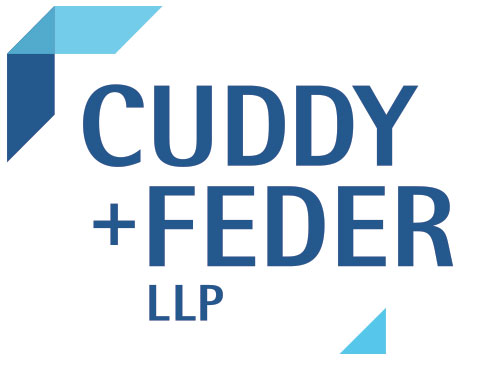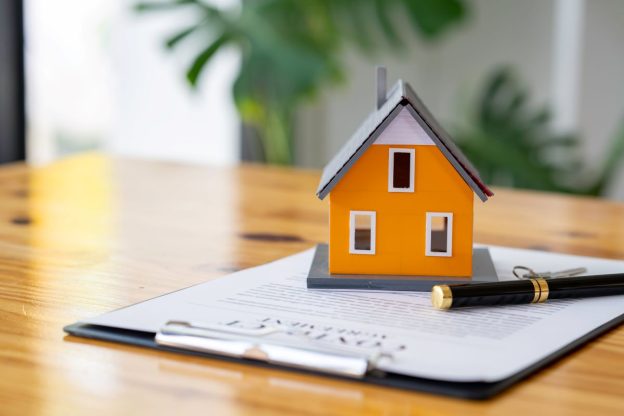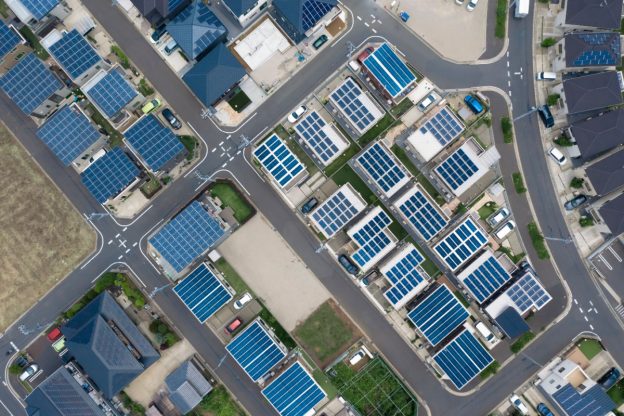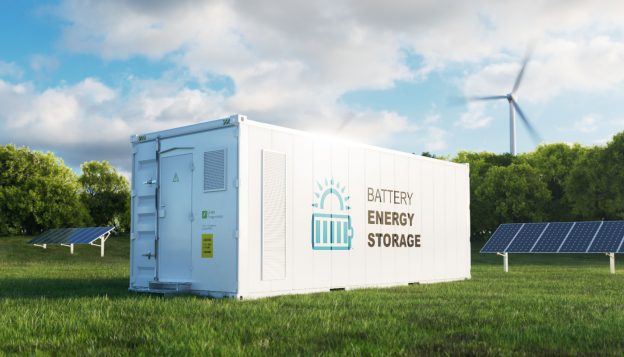In the four years since New York State enacted the Climate Leadership and Community Protection Act (CLCPA), representatives from both state agencies and environmental justice communities have commenced a coordinated effort to establish protections and aid communities facing environmental hardships and climate risks. To prioritize the safety and health of these disadvantaged communities (DACs), CLCPA Section 7(3) requires state agencies to analyze and consider impacts to DACs when issuing permits. The NYSDEC has recently released a draft policy guidance document, DEP 23-1, outlining the applicability and requirements of a DAC analysis.
Identifying Disadvantaged Communities
Disadvantaged communities are broadly defined as “communities that bear burdens of negative public health effects, environmental pollution, impacts of climate change, and possess certain socioeconomic criteria, or comprise high-concentrations of low- and moderate- income households.”
The CLCPA established the Climate Justice Working Group (CJWG) to determine specific criteria used to determine whether a census tract qualifies as a DAC. Current CJWG members include environmental justice community representatives from across the state and representatives from several state agencies. This Group finalized its DAC criteria on March 27, 2023, following its release of the draft criteria on December 13, 2021, and response to public involvement and feedback throughout 2022. The adopted criteria is not static; the CJWG remains responsible for annually reviewing and modifying it as needed to incorporate new data and scientific findings.
The DAC criteria is split into two general categories: the environmental burdens or climate change risks within a community, and population characteristics and health vulnerabilities that can contribute to more severe adverse effects of climate change. Several indicators are provided for each category, including land use and facilities associated with historical discrimination or disinvestment, potential pollution exposure, income, race and ethnicity, health outcomes, and housing mobility.
New York’s draft policy DEP 23-1 demonstrates a significant commitment to environmental justice by prioritizing the well-being of Disadvantaged Communities (DACs), mandating heightened permit reviews, and emphasizing public participation for a more equitable and sustainable future.
Percentile ranks of each indicator by category are combined to measure a census tract’s level of risk and characteristics relative to other tracts. Tracts with scores higher than tracts statewide were then identified as DACs, resulting in 35% now identified as DACs.
The State has provided several interactive mapping resources that assist in identifying DACs. These maps demonstrate that 44% of the census tracts in the Mid-Hudson region, for instance, are DACs.
Implementing CLCPA Section 7(3): NYS DEP 23-1
The New York State Department of Environmental Conservation (NYSDEC) recently issued a draft policy document providing state agencies with guidance expounding on the CLCPA’s requirement to consider impacts to and prevent disproportionate burdens on DACs.
This guidance provides that CLCPA 7(3) would apply to major permit applications and modifications or renewals of existing permits involving water withdrawal for cooling purposes, air pollution control, liquefied natural gas and petroleum gas, solid waste management, and industrial hazardous waste management. This heightened level of review would also apply to permits administered under the Uniform Procedures Act (UPA) for projects involving energy production, generation, transmission or storage facilities; projects with “sources and activities that may result in GHG emissions or co-pollutants, indirectly or directly”; and non-UPA facility registrations related to the major permits listed above “where DEC determines an analysis is necessary or appropriate to ensure CLCPA consistency such as projects with significant GHG or co-pollutant emissions”. The meaning of directly or indirectly and significant are not discussed in the draft policy.
Disproportionate Burden Reports
The requirements of DEP 23-1 will apply to these permit types if the project is located within or likely to affect a DAC. Once an affected DAC is identified, an applicant and the reviewing agency will determine whether a disproportionate burden report is required. If the project will result in increases in GHG emissions or co-pollutants associated with any emission sources “directly related to and essential to” the project, an applicant must prepare a report. The report must identify and address any burdens placed on the DAC. These burdens include any GHG or co-pollutant emissions from the project, public health stressors resulting from any emissions, project contribution to existing pollution burdens, design considerations to reduce of eliminate any burdens, and project benefits. Upon completion, the report must be made available for public review and comment in accordance with UPA procedures. Relevant comments will be considered by the agency, along with all application materials, when issuing a final decision.
Enhanced Public Participation
Regardless of whether a disproportionate burden report is required, if the project is located within or likely to affect a DAC, an applicant must also conduct enhanced public participation measures. The relevant procedures are outlined within NYSDEC’s Commissioner Policy 29 (CP-29). This Policy requires an applicant to implement and certify a public participation plan, which will include identification of key stakeholders, distribution of application materials to the public, hosting public informational meeting(s), and a report summarizing these efforts and all public concerns raised during the process. In addition to these CP-29 requirements, applicants for projects involving DACs must also engage with members of the public regarding design considerations and potential benefits of the project. The PPP and engagement will be assessed by the reviewing agency when making a decision on the permit application.
DEP-23-1 is available for comment until November 27, 2023.










